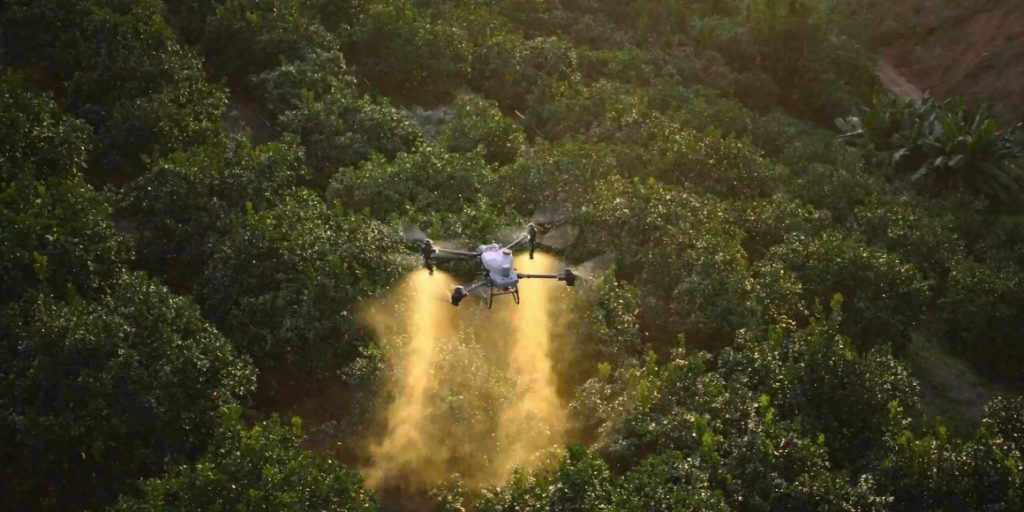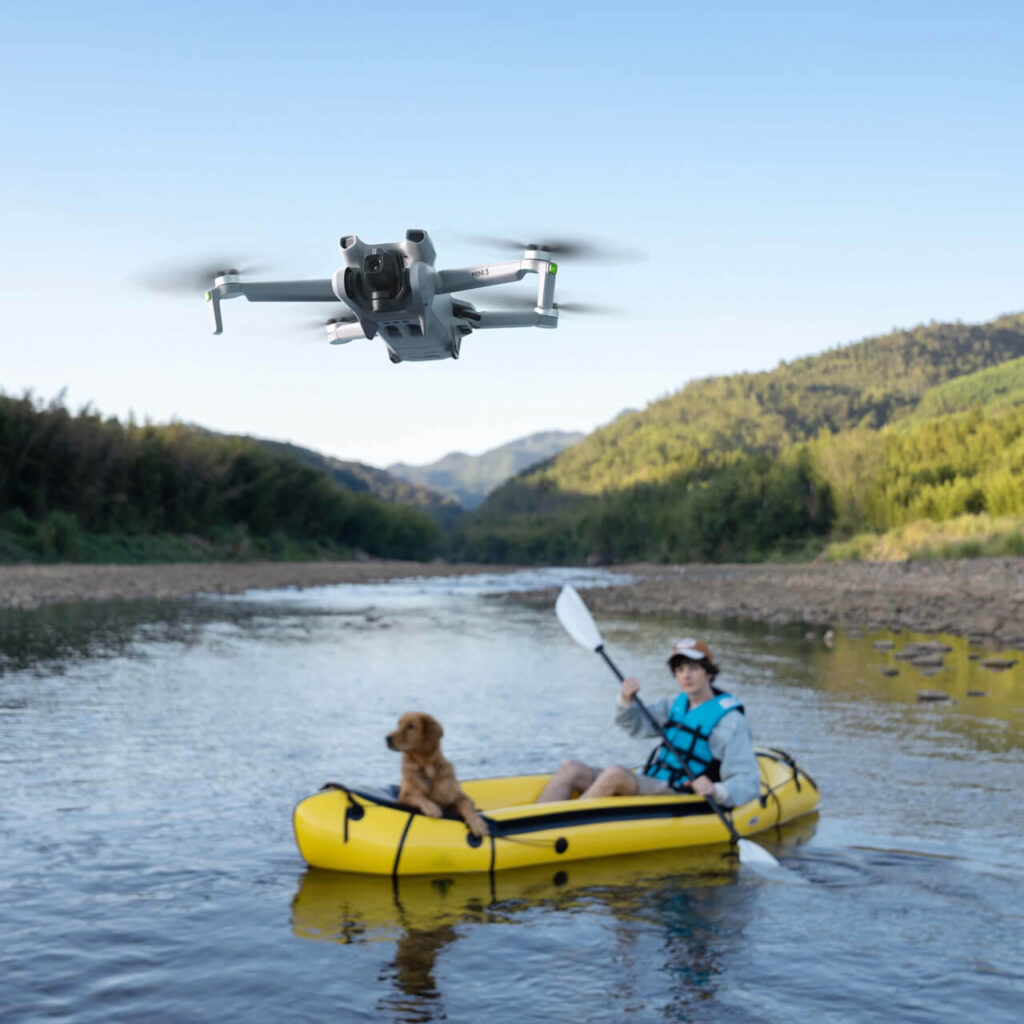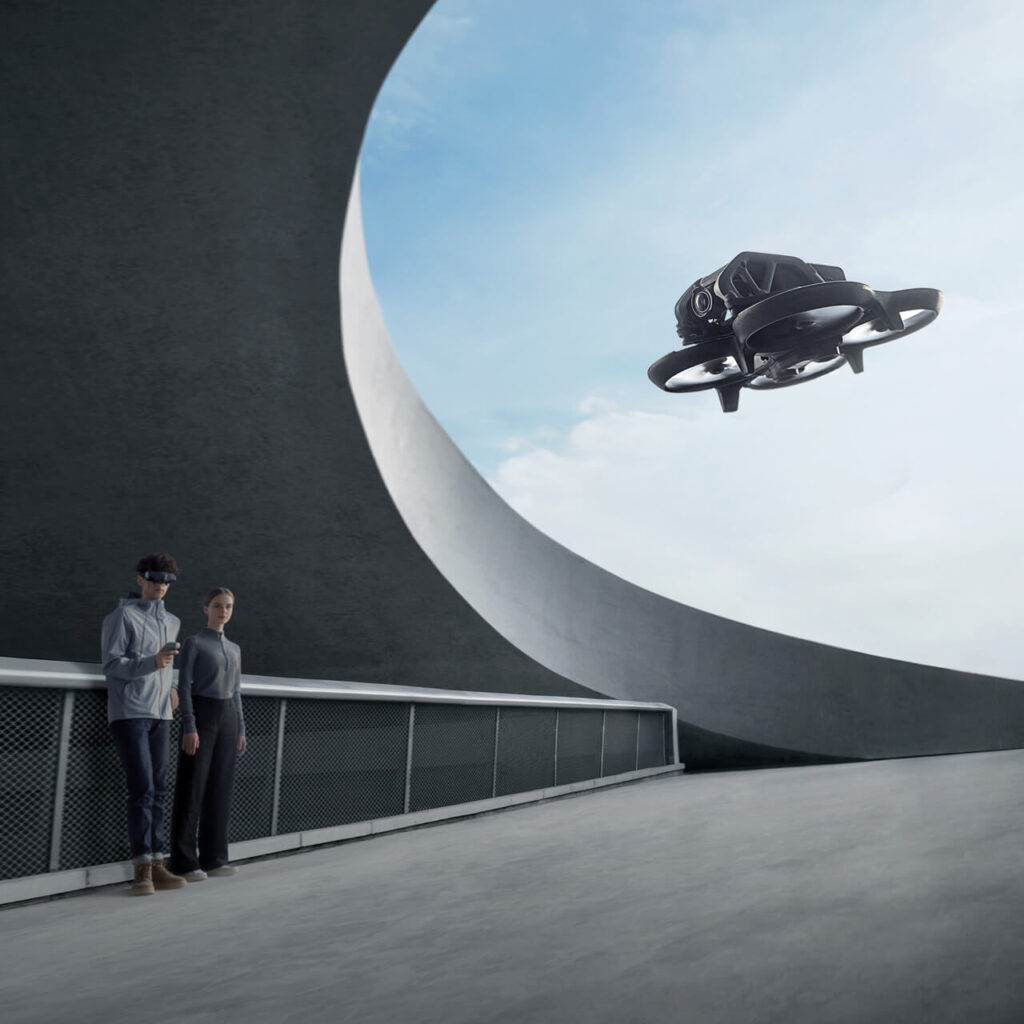If you’ve ever asked yourself how much weight can a drone carry, you’re not alone. From hobby photographers curious about mounting a GoPro to agri-businesses needing drones that can lift 30 kg of spray load, payload capacity has become a key factor in drone selection.
In 2025, drone technology has evolved rapidly and with it, payload possibilities have expanded dramatically. Whether you’re a beginner flying a compact drone or a business investing in heavy-duty aerial tools, understanding drone payload limits is essential for performance, safety, and compliance.
This blog breaks down drone load capacities from entry-level to industrial-grade DJI models. You’ll also find real-world use cases and payload insights across agriculture, mapping, thermal imaging, and more.
If you’re planning to buy a drone with specific payload needs, Jetayu Gadgets can help. As an authorized seller of premium drones from DJI, Autel, Parrot, Skydio, and others, Jetayu offers expert consultation and a range of models suited for every purpose from lightweight mapping to serious lifting.
Let’s start with the basics: what affects a drone’s weight-lifting ability?
What Determines a Drone’s Payload Capacity?
The amount of weight a drone can carry isn’t just about how powerful it looks. Several engineering and technical factors come into play when calculating payload capacity — especially in professional drones.
Here are the key factors:
1. Motor Power and Propeller Size
- Larger motors with more torque allow a drone to lift heavier objects.
- Propeller size also influences lift capacity — longer blades generate more upward force.
2. Battery Strength and Flight Time
- Heavier payloads drain batteries faster.
- High-end industrial drones come with large-capacity batteries or dual-battery systems to handle this extra load.
3. Drone Frame and Build
- A carbon-fiber or alloy body supports more weight than plastic builds.
- Stronger frames also resist flexing or vibrations under load.
4. Flight Control System
- Advanced flight controllers adjust balance and propeller speed in real time to stabilize heavy payloads.
- This is critical in high-wind or high-altitude operations.
5. Regulatory Limits
- In India, drones are classified by weight categories, and payload limits are regulated.
- If you’re new to drone rules in India, this guide on why your drone’s weight decides what rules you follow offers a helpful breakdown.
Understanding these aspects is crucial when evaluating drones based on payload — whether you’re carrying a camera, pesticide tank, or a multispectral sensor.
Types of Payloads: What Do Drones Commonly Carry?

When people ask how much load a drone can carry, what they’re really asking is: Can it carry the thing I need it to?
Whether you’re a beginner or a professional, here’s a breakdown of the most common payloads — and how drone types vary to support them.
1. For Beginners & Hobby Users
- Action Cameras like GoPro or Insta360 (under 300g)
- Mini LED lights or compact mics for creative shoots
- Toy deliveries or small gift items
Entry-level drones like the DJI Mini series are not built for lifting heavy gear but offer just enough capacity to handle lightweight camera accessories. If you’re comparing beginner models, check out our detailed comparison: DJI Mini 3 vs. Mini 4 Pro.
2. For Content Creators
- High-res camera gimbals
- Cinematic lenses
- Mini wireless transmitters
Payload limits of around 500g to 2 kg are common in this segment. These drones are optimized for balance and image stability rather than raw lifting power. For example, content creators often ask: Is buying a drone enough to start my journey as a content creator? — The answer is yes, if you choose a model designed for your setup.
3. For Agricultural Use
- Liquid pesticide tanks
- Fertilizer payloads
- Seed spreading containers
Agriculture drones often carry between 10 kg to 40 kg, depending on the field size and drone model. These drones need strong arms, heavy-duty motors, and dual batteries to stay airborne while handling bulk liquid weight.
4. For Industrial & Government Use
- Thermal cameras
- Multispectral sensors
- Lidar scanners
- Emergency kits
These payloads range from 2 kg to 10 kg, but they require highly stable flight and exact positioning. If you’re capturing data in extreme weather or at night, you’ll also need drones with advanced GPS and vision systems.
In the next section, we’ll go deeper into DJI drones that are built to handle serious payloads — and how Jetayu Gadgets helps you choose the right one for your industry.
DJI Drones with Strong Payload Capacities (Sold by Jetayu)
When you’re buying a drone for lifting equipment, spraying fields, or capturing professional-grade data, you need one that’s designed for payload performance. DJI leads the market here with drones that handle everything from multispectral sensors to 30-liter tanks.
Here are 5 top models Jetayu Gadgets offers — each tuned for different needs:
1. DJI Agras T30
Max Payload: Up to 30 kg
Use Case: Agriculture (pesticide spraying, crop nutrition, large field coverage)
Why Choose It:
- Designed for large-scale spraying with precision flow control
- 16 nozzles, high-efficiency pump system
- Foldable design for easy transport
Perfect for: Agribusinesses and contractors needing fast, high-volume crop spraying.
Also see how agri-tech is transforming Indian farming using drones in our agriculture drone guide.
2. DJI Phantom 4 Multispectral
Max Payload: Light (<1 kg, internal sensor-focused)
Use Case: Crop health analysis, land surveys, environmental monitoring
Why Choose It:
- Built-in multispectral sensor system (6 sensors including RGB and NDVI)
- Real-time NDVI mapping
- Compatible with RTK module for centimeter-level precision
Perfect for: Farmers, scientists, and government bodies conducting field studies.
3. DJI Matrice 350 RTK (Worry-Free Combo)
Max Payload: Up to 2.7 kg
Use Case: Surveillance, inspections, thermal imaging, public safety
Why Choose It:
- IP55 weather rating — fly in rain, snow, or dusty environments
- Dual-battery system and O3 Enterprise transmission
- Supports Zenmuse H20T, L1, P1 and other payloads
Perfect for: Disaster response teams, surveyors, law enforcement.
Want to learn how drones are already assisting in real emergencies? Here’s how they’re helping during flood and landslide crises in India’s Northeast.
4. DJI Matrice 300 RTK
Max Payload: Up to 2.7 kg
Use Case: Advanced inspection, mapping, 3D scanning, search and rescue
Why Choose It:
- Supports multiple payload configurations simultaneously
- Up to 55 minutes of flight time
- 6-directional sensing and positioning system
Perfect for: Power line inspections, industrial mapping, infrastructure monitoring.
5. DJI Mavic 3 Thermal
Max Payload: Not external payload — built-in thermal + visual camera
Use Case: Quick-response thermal surveillance, facility inspection, night mapping
Why Choose It:
- Lightweight and foldable for fast deployment
- High-res thermal + 48MP wide camera
- Ideal for short-range missions in tight or complex environments
Perfect for: Security agencies, facility managers, and disaster assessment teams.
Looking for a drone with night vision capabilities? Check out our guide on the best long range drones with night vision.
Here’s a quick comparison:

How Much Weight Is Too Much? Risks of Overloading a Drone
Understanding how much load a drone can carry is only half the equation. Knowing the safe limits — and what happens when you exceed them — is just as critical.
Here’s why overloading your drone can lead to serious problems:
1. Reduced Flight Time
- Heavier payloads force the motors to work harder, draining the battery much faster.
- A drone that’s rated for 30 minutes of flight might only last 10–15 minutes under maximum load.
2. In-flight Instability
- Payload imbalance or excess weight causes the drone to wobble or tilt mid-air.
- Wind resistance becomes more dangerous when the drone is overloaded, especially at higher altitudes.
3. Motor Overheating and Wear
- Motors and ESCs (Electronic Speed Controllers) can overheat if they’re forced to handle more than their rated torque.
- This significantly reduces the lifespan of the drone’s components.
4. GPS and Sensor Inaccuracy
- Some drones rely on downward or vision-based sensors to hover and stabilize. Extra payloads can interfere with those readings or block sensors.
5. Increased Crash Risk
- An overloaded drone may struggle to respond quickly to flight commands.
- Emergency maneuvers become riskier, especially near structures, trees, or power lines.
Bonus Tip:
If you’re new to flying or concerned about safety, you’ll appreciate this detailed guide on DJI’s safety features and how they help beginners avoid crashes even in tough conditions.
How to Know You’re Approaching the Limit
- Check specs: Every DJI drone sold by Jetayu lists a maximum payload in its datasheet.
- Do test flights: Start with a lighter payload, check flight time, heat, and responsiveness.
- Use weight scales: Know the combined weight of your add-ons before takeoff.
And remember, Jetayu Gadgets provides pre-sale consultation — so you never have to guess what your drone can handle.
FAQs: Drone Payloads and Legal Limits in India
1. What is considered a payload on a drone?
A payload is any additional weight the drone carries apart from its own structure and batteries. This can include cameras, sensors, pesticide tanks, delivery boxes, and more.
2. Is there a legal limit to how much weight a drone can carry in India?
Yes. India’s drone regulations classify drones by takeoff weight:
- Nano: Less than 250g (no permissions needed)
- Micro: 250g to 2kg
- Small: 2kg to 25kg
- Medium/Large: Over 25kg (requires special approvals)
If your payload pushes your drone into a higher category, you may need additional clearances and Remote Pilot Licenses.
3. Will carrying more weight reduce a drone’s flight time?
Absolutely. The heavier the load, the more power the drone consumes to stay airborne. For example, a drone with a 30-minute battery life may drop to 10–15 minutes under full payload.
4. Can I use any drone for carrying items?
No. Not all drones are built for lifting. Entry-level drones may only support a few hundred grams, while industrial models can handle over 30 kg. Using the wrong drone risks crashes and hardware damage.
5. What happens if I exceed the payload limit?
Overloading can cause:
- Shorter flight time
- Poor maneuverability
- Risk of motor failure
- Instability during takeoff or landing
Always follow the manufacturer’s recommended payload capacity.



